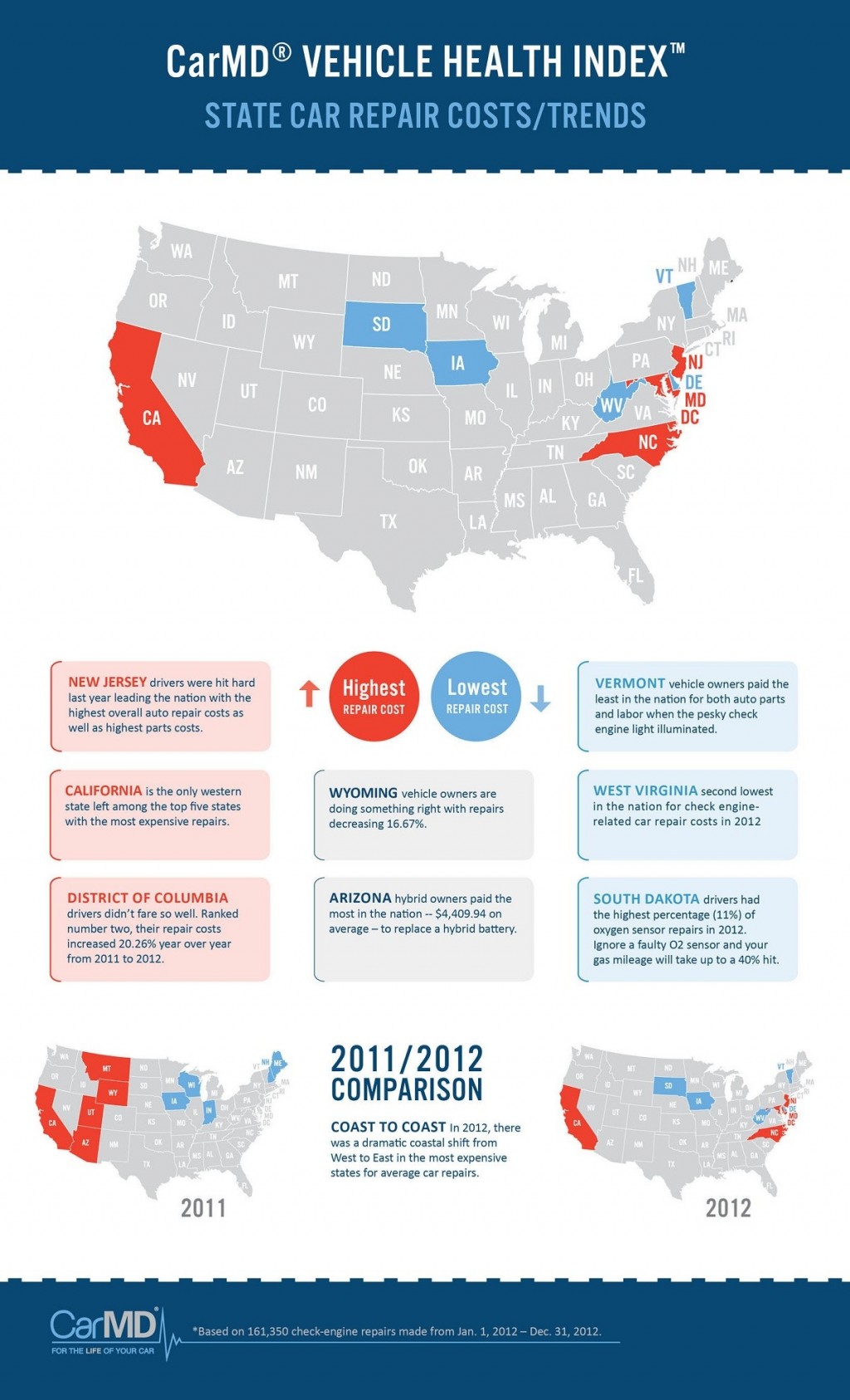Seeking Quality On The Warning Lights Showed On Your Automobile'S Control Panel? Discover Exactly How They Associate With Your Automobile'S Health And Wellness
Seeking Quality On The Warning Lights Showed On Your Automobile'S Control Panel? Discover Exactly How They Associate With Your Automobile'S Health And Wellness
Blog Article
Team Writer-Sykes Corbett
When you lag the wheel, those beautiful caution lights on your control panel can be a little bit complicated. Do you recognize what they're attempting to tell you concerning your automobile's wellness? Understanding detailing car wash of these lights is essential for your security and the long life of your vehicle. So, the following time one of those lights appears, would not you intend to decipher its message accurately and take the needed steps to address it?
Common Warning Lighting and Interpretations
Determine typical caution lights in your cars and truck and understand their definitions to guarantee secure driving.
One of the most typical caution lights consist of the check engine light, which signifies concerns with the engine or discharges system. If this light begins, it's important to have your vehicle checked without delay.
The oil stress advising light suggests reduced oil stress, calling for immediate focus to avoid engine damages.
A blinking battery light may suggest a defective billing system, potentially leaving you stranded otherwise resolved.
The tire pressure surveillance system (TPMS) light signals you to reduced tire stress, influencing lorry stability and fuel performance. Ignoring this might lead to dangerous driving problems.
The ABS light shows an issue with the anti-lock stopping system, compromising your capability to quit swiftly in emergencies.
Finally, the coolant temperature warning light warns of engine overheating, which can lead to serious damages otherwise settled quickly.
Understanding these usual warning lights will aid you attend to concerns promptly and preserve risk-free driving problems.
Value of Prompt Interest
Understanding the typical warning lights in your cars and truck is just the very first step; the importance of quickly addressing these warnings can't be highlighted sufficient to guarantee your safety when driving.
When https://cheap-oil-change39405.techionblog.com/31290735/prepare-to-reveal-the-unknown-truths-of-auto-repair-with-incredible-revelations-that-will-alter-how-you-see-things-you-won-t-think-the-information-you-have-actually-been-missing brightens on your dashboard, it's your auto's means of connecting a prospective issue that needs focus. Neglecting these cautions can result in much more severe troubles later on, compromising your safety and security and possibly costing you a lot more in repairs.
Motivate attention to advising lights can stop breakdowns and accidents. For instance, a blinking check engine light could suggest a misfire that, if left ignored, can trigger damages to the catalytic converter. Addressing this quickly can conserve you from a pricey repair service.
In a similar way, a brake system alerting light may signal low brake liquid or worn brake pads, vital parts for your safety and security when driving.
DIY Troubleshooting Tips
If you notice a warning light on your control panel, there are a few DIY repairing tips you can attempt before looking for expert help.
The first step is to consult your auto's guidebook to comprehend what the details caution light shows. Occasionally the concern can be as simple as a loosened gas cap setting off the check engine light. Tightening up the gas cap might deal with the trouble.
Another common concern is a low battery, which can set off various advising lights. Checking the battery links for corrosion and ensuring they're protected might take care of the issue.
If a warning light persists, you can try resetting it by detaching the automobile's battery for a few mins and after that reconnecting it. Additionally, checking your car's fluid degrees, such as oil, coolant, and brake fluid, can aid troubleshoot cautioning lights associated with these systems.
Final thought
In conclusion, comprehending your vehicle's warning lights is crucial for maintaining your automobile running smoothly and safely. By quickly addressing these informs and knowing what they indicate, you can avoid expensive fixings and prospective break downs.
Remember to consult your vehicle's guidebook for specific information on each cautioning light and take action accordingly to ensure a trouble-free driving experience.
Stay informed, stay risk-free when driving!
